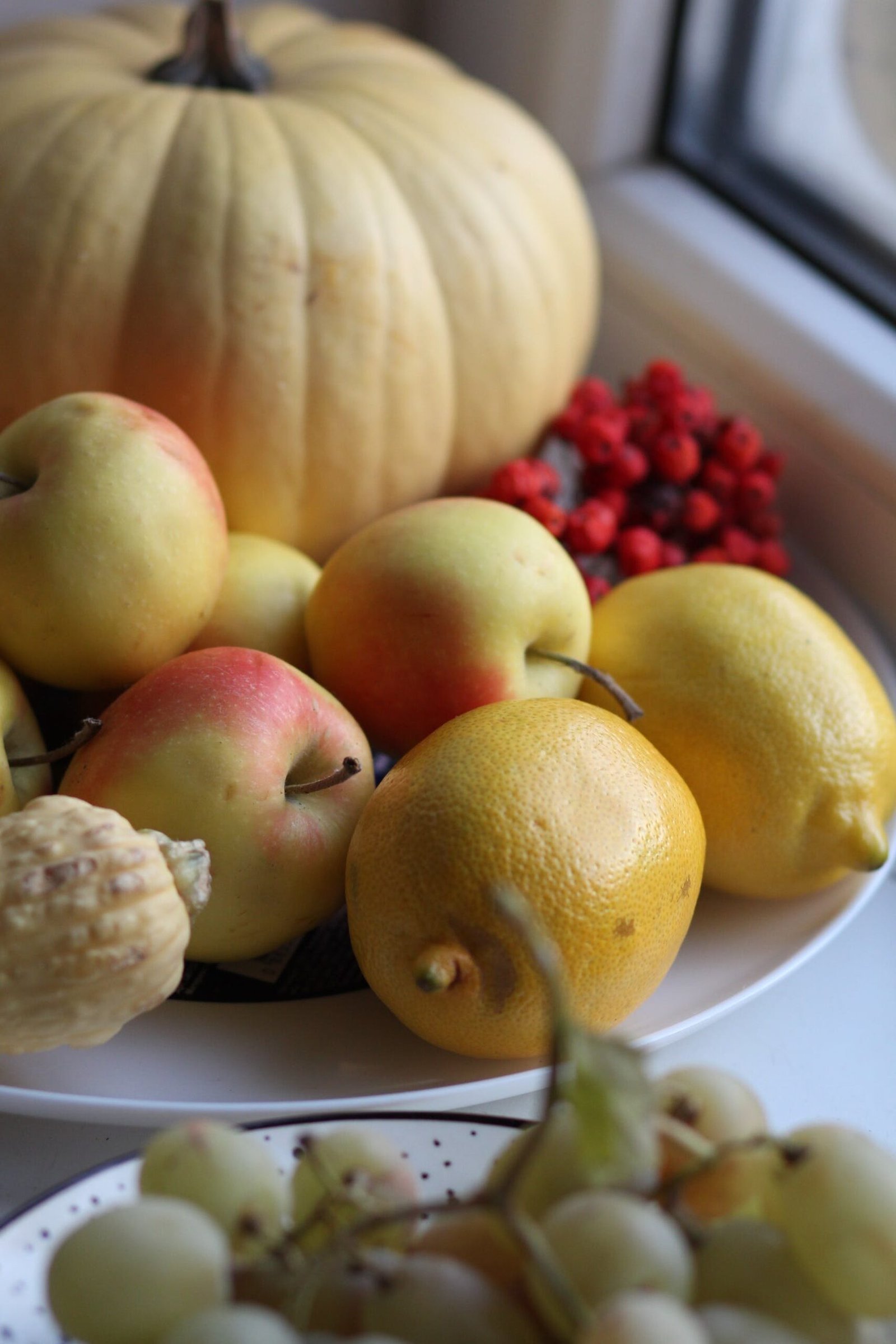Imagine yourself sitting at a table in a bustling Korean restaurant, mouth-watering aromas wafting through the air. Your eyes fall upon a plate filled with succulent, steamed chicken adorned with a medley of vibrant vegetables, all simmered in a delectable blend of sweet and savory sauces. This is traditional Korean steamed chicken, known as jjimdak, a dish that effortlessly combines hearty flavors with tender meat. But have you ever wondered how this tantalizing creation is prepared and enjoyed? Let’s take a closer look into the fascinating world of jjimdak, from its carefully selected ingredients to the communal joy it brings to those who feast upon it.

Ingredients
To make traditional Korean steamed chicken, or jjimdak, you will need the following ingredients:
Chicken
The main ingredient for jjimdak is chicken, typically bone-in chicken pieces or a whole chicken cut into pieces. The chicken adds a rich and flavorful base to the dish.
Potatoes
Potatoes are a common ingredient in jjimdak as they absorb the flavors of the sauce and become tender and delicious when cooked. They add a nice texture to the dish.
Carrots
Carrots are often included in jjimdak to provide a slight sweetness and vibrant color. They add a nice crunch and balance out the flavors.
Onions
Onions are a staple ingredient in many Korean dishes, including jjimdak. They add a savory and slightly sweet flavor to the dish.
Green Onions
Green onions, also known as scallions, are commonly used as a garnish in Korean cuisine. In jjimdak, they add a fresh and slightly onion-like flavor, as well as a pop of color.
Garlic
Garlic is a key ingredient in Korean cooking, adding a strong and distinct flavor. It gives depth and complexity to the sauce of jjimdak.
Ginger
Ginger adds a warming and fragrant touch to jjimdak. It enhances the flavors of the dish and pairs well with the other ingredients.
Soy Sauce
Soy sauce is a fundamental ingredient in many Korean dishes, including jjimdak. It adds depth and umami to the sauce, enhancing the overall flavor profile.
Honey
Honey adds a touch of sweetness to balance out the savory flavors of jjimdak. It also helps to glaze and caramelize the chicken and vegetables.
Vegetable Oil
Vegetable oil is used for cooking the chicken and vegetables. It helps with browning and prevents sticking.
Sesame Oil
Sesame oil is commonly used in Korean cuisine for its distinctive nutty flavor. It adds a savory note to jjimdak and enriches the overall taste.
Sesame Seeds
Sesame seeds are often sprinkled on top of jjimdak for added texture and a nutty flavor. They also add visual appeal to the dish.
Korean Chili Paste (Gochujang)
Gochujang is a spicy and fermented chili paste that is used in many Korean dishes. It adds heat and a complex flavor to jjimdak, giving it that signature Korean kick.
Black Pepper
Black pepper adds a subtle hint of spiciness to jjimdak and complements the other flavors in the dish.
Salt
Salt is used to season the dish and enhance the overall taste. It helps to balance the flavors of the sauce and other ingredients.
Preparation
Marinating the Chicken
To prepare the chicken for jjimdak, it is first marinated in a mixture of soy sauce, honey, minced garlic, grated ginger, sesame oil, and black pepper. This marinade infuses the chicken with flavor and tenderizes it, making it juicy and delicious.
Preparing the Vegetables
The vegetables for jjimdak, such as potatoes, carrots, onions, and green onions, are peeled and chopped into bite-sized pieces. They are then added to the dish during the cooking process to ensure they are cooked to perfection.
Cooking the Chicken
After marinating, the chicken is cooked in a hot pan with vegetable oil until it is browned on all sides. The chicken is then set aside temporarily while the sauce and vegetables are prepared.
Simmering the Dish
Once the chicken is cooked, the sauce is prepared by combining soy sauce, honey, gochujang, minced garlic, grated ginger, and water. The sauce is added to the pan along with the prepared vegetables. The dish is then simmered until the chicken is fully cooked and the vegetables are tender.

Serving
Garnishing
To add the finishing touch to jjimdak, it is commonly garnished with sesame seeds and chopped green onions. The sesame seeds add a nice crunch and nutty flavor, while the green onions add a burst of freshness and color.
Accompaniments
Jjimdak is often enjoyed with a bowl of steamed rice. The savory sauce and tender chicken pair perfectly with the fluffy rice, creating a satisfying and complete meal. Some people also enjoy jjimdak with Korean side dishes, such as kimchi or pickled vegetables, to add even more flavors to their meal.
Variations
Spicy Jjimdak
For those who enjoy a spicy kick, spicy jjimdak is a popular variation. Extra gochujang or chili powder can be added to the sauce to amp up the heat. This variation is perfect for spice lovers who want to enjoy a fiery and flavorful dish.
Boneless Jjimdak
If you prefer boneless meat, boneless jjimdak is a great option. Chicken breast or thigh meat can be used instead of bone-in chicken. The cooking time may be slightly shorter to ensure the meat remains tender and juicy.
Seafood Jjimdak
For seafood enthusiasts, seafood jjimdak is a delicious alternative. Instead of chicken, various types of seafood like shrimp, squid, and mussels are used. The seafood adds a unique flavor and texture to the dish, making it a seafood lover’s delight.

Festive Occasions
Jjimdak for Celebrations
Jjimdak is often served during celebrations and special occasions in Korea. Its delicious flavors, hearty ingredients, and vibrant presentation make it a perfect dish to share with family and friends during festive times.
Jjimdak for Potlucks
Jjimdak is also a popular dish to bring to potluck gatherings. Its versatility and ability to feed a crowd make it a favorite choice for sharing with others. The rich flavors of jjimdak are sure to impress and satisfy everyone at the potluck.
Health Benefits
High in Protein
Jjimdak is a protein-rich dish, thanks to the chicken and seafood. Protein is essential for the growth and repair of cells, helping to build and maintain healthy muscles, bones, and tissues.
Rich in Nutrients
The combination of vegetables in jjimdak provides a range of essential vitamins and minerals. Potatoes, carrots, onions, and green onions are all packed with nutrients like vitamins C and K, potassium, and fiber.
Boosts Immunity
The garlic and ginger used in jjimdak are known for their immune-boosting properties. Garlic contains compounds that have been shown to strengthen the immune system, while ginger is known for its anti-inflammatory and antioxidant effects, which can help support overall health.

Cultural Significance
Symbol of Togetherness
Jjimdak is often enjoyed as a communal dish, bringing people together to share a delicious meal. The act of sharing and enjoying jjimdak with loved ones strengthens bonds and fosters a sense of togetherness.
Traditional Dish
Jjimdak is a traditional Korean dish that dates back to the Joseon Dynasty. It has been passed down through generations and remains a beloved staple in Korean cuisine. Its heritage and cultural significance make it a cherished dish in Korean food culture.
Regional Variations
Andong Jjimdak
Andong jjimdak is a famous regional variation of jjimdak that originated in the city of Andong in South Korea. This version is known for its distinct spicy and savory flavors. It often includes ingredients like glass noodles and additional spices to create a unique taste.
Cheonan Jjimdak
Cheonan jjimdak is another well-known regional variation that originated in Cheonan, a city in South Korea. This version typically features thicker and sweeter sauce compared to other variations. It is often enjoyed with boiled eggs and various vegetables.
Busan Jjimdak
Busan jjimdak is a variation that is popular in the city of Busan, South Korea. It is known for its bold and spicy flavors. This version often includes additional seafood, such as squid and mussels, to provide a unique taste experience.

Restaurant Experiences
Popular Jjimdak Restaurants
When it comes to enjoying jjimdak at a restaurant, there are several popular establishments that serve this delicious dish. From well-known chain restaurants to small local eateries, you can find a wide range of options to satisfy your jjimdak cravings.
Best-rated Jjimdak Spots
For those looking for the best-rated jjimdak spots, customer reviews and recommendations can be a helpful guide. Many restaurants have earned a reputation for their exceptional jjimdak, often praised for their flavorful sauce, tender chicken, and perfectly cooked vegetables.
Home Cooking Tips
Adjusting Spice Level
If you prefer your jjimdak to be less spicy or want to amp up the heat, you can easily adjust the spice level to suit your taste. Adding more or less gochujang or chili powder allows you to customize the dish to your desired spiciness.
Using a Pressure Cooker
If you’re looking to save time and want to cook jjimdak more quickly, a pressure cooker can be a great tool to use. It helps to tenderize the chicken and shorten the cooking time, allowing you to enjoy a delicious and flavorful jjimdak in less time.
Preparing and enjoying traditional Korean steamed chicken, or jjimdak, is a delightful culinary experience. The combination of flavors, the tender chicken, and the hearty vegetables make jjimdak a beloved dish in Korean cuisine. Whether you’re cooking it at home or enjoying it at a restaurant, the rich history, cultural significance, and health benefits of jjimdak add to the overall enjoyment of this traditional Korean favorite.
